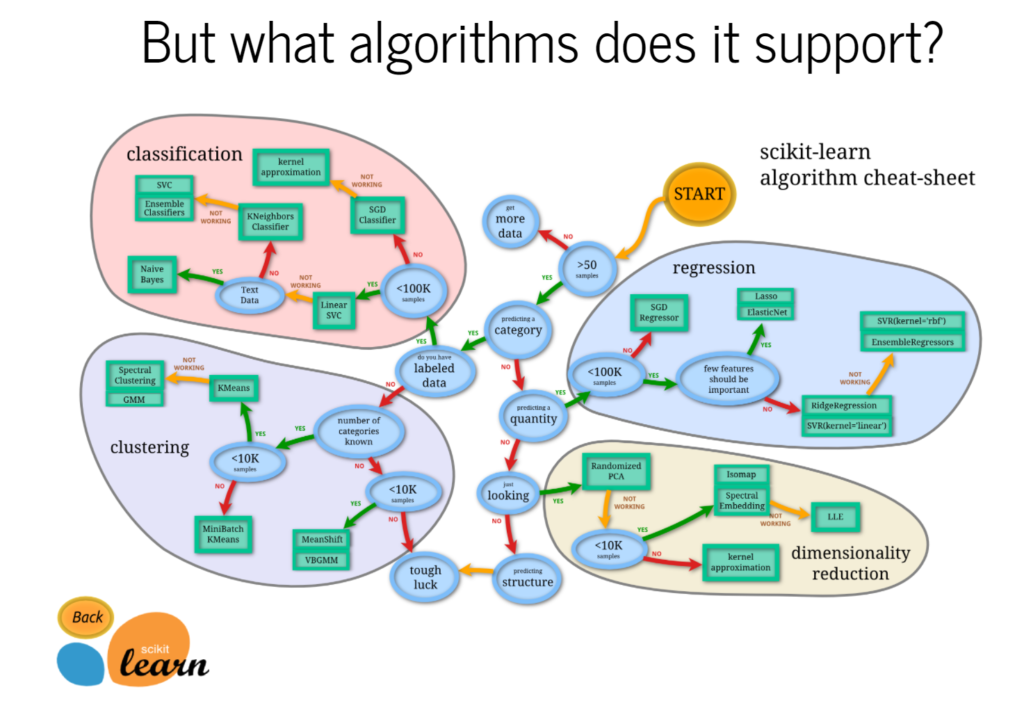Video description:
Have you ever built a perfect financial model without any errors? Thought not! And for that reason, all good modellers know they need to include some error checks. But what is not as clear is how many error checks you should have, when you should include them and what form they should take. Excel “helpfully” provided us with functions like ISERR, ISERROR and IFERROR but as you progress your modelling journey you should learn to avoid these functions. Plus, you also learn the sad truth that Excel can’t even do basic maths sometimes! Join us to hear from financial modelling specialist Andrew Berg, who has spent years building models, and so happily admits he has probably already made most of the mistakes you haven’t yet had a chance to! The good news is that he is willing to share the tips he has learned about the right types of error checks to add to your models so you don’t have to learn the hard way. ★Download the resources here ► https://plumsolutions.com.au/virtual-… ★Register for more meetups like this ► https://plumsolutions.com.au/meetup/ ★Connect with Andrew on Linkedin ► https://www.linkedin.com/in/andrew-be…
Author(s): Andrew Berg, Danielle Stein Fairhurst
Publication Date: 2 June 2021
Publication Site: YouTube




